The first thing your prospects try to determine when they engage you in conversation is whether the interaction will harm or help them. This initial assessment of your sales intent and biases is the primal determination of trust.
Anthropologists hypothesize that this method of assessment formed tens of thousands of years ago when tribes started to interact over food, fire and shelter. As each tribe approached the other to trade, they needed to quickly assess if the interaction was going to be harmful (violence and brute force) or helpful (fair value trade). You can imagine how these experiences, repeated over millennia, would have created enduring memories for our ancestors to act upon to improve their odds for survival.
This harm-or-help assessment is still with us today. Remember the first time your teacher asked to speak with you after class, or when a boss asked you to stay behind after a meeting? What did you anticipate? You may still be able to recall what was said during those important conversations, as well as the verbal tone and body expressions. These details are embedded in your memory to help you assess the consequences of future human interaction. They shape your expectations and trust moving forward.
A prospect’s help-or-harm assessment correlates directly with the amount of trust you build. It impacts the level of honesty and vulnerability they invest in a conversation, how much you learn about them, how much learning they accept, and their eventual willingness to embrace the idea of making a change.
Prospects want to protect their time, mental investment, pride, reputation, political capital, loyalties, and the memories they’ve created. They may feel threatened when salesperson after salesperson tries to prove, promise and persuade them to make a change decision they are not ready to make. When prospects feel that you want or need something from them, the conversation feels potentially harmful. As a result, they go into self-preservation mode and limit their thinking, vulnerability and answers, in a back-and-forth game of cat and mouse.
For example, if the salesperson tells the prospect, “I’m here to show you why I’m better,” the prospect may think to himself, “You might be better, but I don’t trust your intentions and promises, so I’m staying where I am.” Or, if the salesperson says, “I need you to be open and honest with me.” The prospect might think, “I’m not going to be open and honest if you’re going to use my vulnerability against me.”
How do you adapt your sales approach so that your prospects see the benefits of making a switch to your service and expertise?
The Motives Behind Helpful Versus Harmful Prospect Conversations
Harmful Conversations:
You ask questions and listen for conversational cues that help you position your value. Your goal is to “find the prospect’s pain.” Don’t you think that after a few hundred sales experiences, prospects can tell when you are trying to find their pain? Don’t you think they might be wary that it can be exploited? If you thought someone was trying to exploit your vulnerability, how would you respond? How many times would you need to experience this before you’d catch on to this self-serving approach? Your prospects don’t openly share personal details or consider your ideas because they don’t trust how the information will be used.
Helpful Conversations:
You ask questions that help prospects objectively evaluate if what they’re doing is what’s truly best for them. You do this by approaching the conversation in a way that helps them remove the weight of their own biases. You don’t label their answers as good or bad. You don’t pounce at the slightest hint that your expertise would serve them better. Instead, you listen. You help them debate the merits of improvement. Your goal is to help them avoid the safety zone of rationalization and justification. This kind of conversation allows prospects to form their own conclusions. It does not serve your need, want and hope for the sale.
The result? Prospects will be more likely to trust your intent and invest time and thought in answering your questions, less apt to disqualify your expertise.
Which conversation would you trust and want to continue?
In the end, a harmful conversation serves your need to establish next steps and gain commitment from your prospect in pursuit of a sales outcome. What you say, ask, and do make you the lead character in your own sales story.
A helpful prospect conversation serves your prospects’ best interests. You help them break out of their biases and evaluate and debate change with a more objective mindset. You are helping your prospect decide if they want to become the lead character in their change story.



